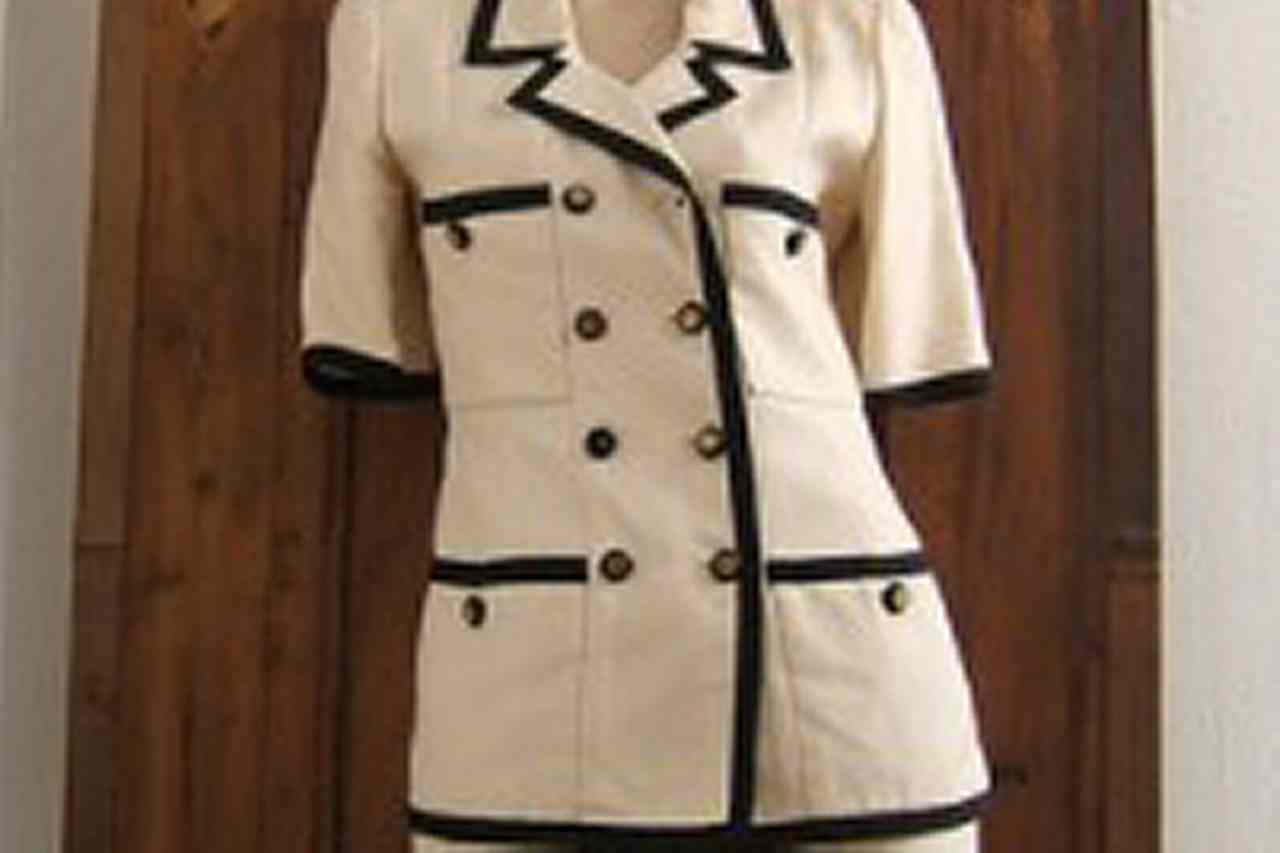Saw this a while ago and, thanks to the onslaught of popular weight loss bloggers having their photos stolen by scumbag diet pill pushers, I’m feeling the need to reiterate how untrustworthy many of these companies truly are.
The reasons these programs become so popular is because they are presented and marketed very well. These marketing campaigns use testimonials and before-and-after transformation photos. Before I claim it’s all bullshit, I want to make it clear that there are definitely some very impressive, genuine physical transformations out there. What I do take issue with are the transformations that are manipulated with Photoshop, professional lighting, postures to degrade or enhance their look, pro tans, sucking in or pushing out a bloated belly or flexing muscles vs. not flexing to obtain an optimal look.
In my opinion, these photos are selling false or exaggerated promises of what 90 days, etc., of their program can achieve. Long-lasting results take years of consistency, hard work and dedication. Results that happen quickly are often temporary, and this is another factor that needs to be taken into account when looking at these transformations. Did the individual cut calories to starvation levels or cut out entire food groups to reach a very low body fat percentage for the photo shoot, only to rebound a few days or weeks later? This must be considered when setting your goals and expectations based on someone’s program.
I decided to take my own transformation photos to see what was possible with just a few easy tweaks. About six months ago I was around 185 pounds and about 16 percent body fat. I was feeling particularly bloated on the day, so I asked my girlfriend to take a before shot. I then shaved my head, face and chest and prepared for the after shot, which was about an hour after I took the before shot. I did a few push ups and chin ups, tweaked my bedroom lighting, sucked in, tightened my abs and BOOM! We got our after shot.
As you can see, I’m no bodybuilder, but I had enough muscle on me to catch some shadows from the all-important overhead lighting.
Just a few weeks ago I took another series of photos in an attempt to be a little more deceptive. I wanted to show a series of progressions that look like a few months of hard work and dieting. I’m about 200 pounds and 19 percent body fat in this photo series. This took under an hour to produce.
What’s my point? Don’t try to look like anyone you see in a transformation photo. Be inspired, but don’t be disappointed if you don’t see yourself the way you see those models. Being tricked into eating low-calorie diets and doing endless cardio is a recipe for fat gain, especially in the long term. [source]
The ability to watch an infomercial or see an Internet ad and be dazzled by a pair of “before” and “after” shots requires a significant amount of mental gymnastics:
- the assumption that those particular “before” and “after” shots were taken of someone who actually used the product in question;
- the assumption that the “before” shot was taken first, and the “after” shot was taken second;
- the assumption that the “before” shot isn’t photoshopped;
- the assumption that the “after” shot isn’t photoshopped;
- the assumption that the product is the sole cause of the weight loss success (remember, most – if not all – weight loss products require you to “also eat better and exercise” in conjunction with use of the product)
- the suspension of reality – okay, so you’ve lost the weight, now think about the future – how are you going to keep it off?
- in the case of Internet ads, the assumption that the person in the picture even consented to having their photo included in the ad
And, really, that point about low-calorie diets and fat gain…. y’all gotta listen. You just have to. “Fat gain” is basically fancy speak for what we know as “yo-yo dieting.” Maybe that needs to be another blog post.
In short, like Andrew says, it’s perfectly fine to regard an exceptional pair of photos as exceptional… but letting it affect the way you look at your own weight loss, your own goals, your own timeline or your own needs? Just start looking at this as “not enough information.” A before and after photo is “not enough information” to make you change the way you operate or plan your own weight loss. It’s “not enough information” to compel you to make a purchase. Keep your cash in your pocket, and be a more conscious consumer. These photos – and the scumbag companies that use them – will never go away, but if they insist on sticking around, they can do so without your money.
Talk to me, #bgg2wlarmy! Who’s fallen prey to this foolishness? What happened? What’s the most ridiculous ad claim you’ve ever seen? Let’s hear it!
Also relevant:
- How To Identify A Weight Loss Scam Website
- Want To Lose 20lbs In Two Hours? Read This!
- Video Vault: The Most Shocking Transformation Ever! In Life!







